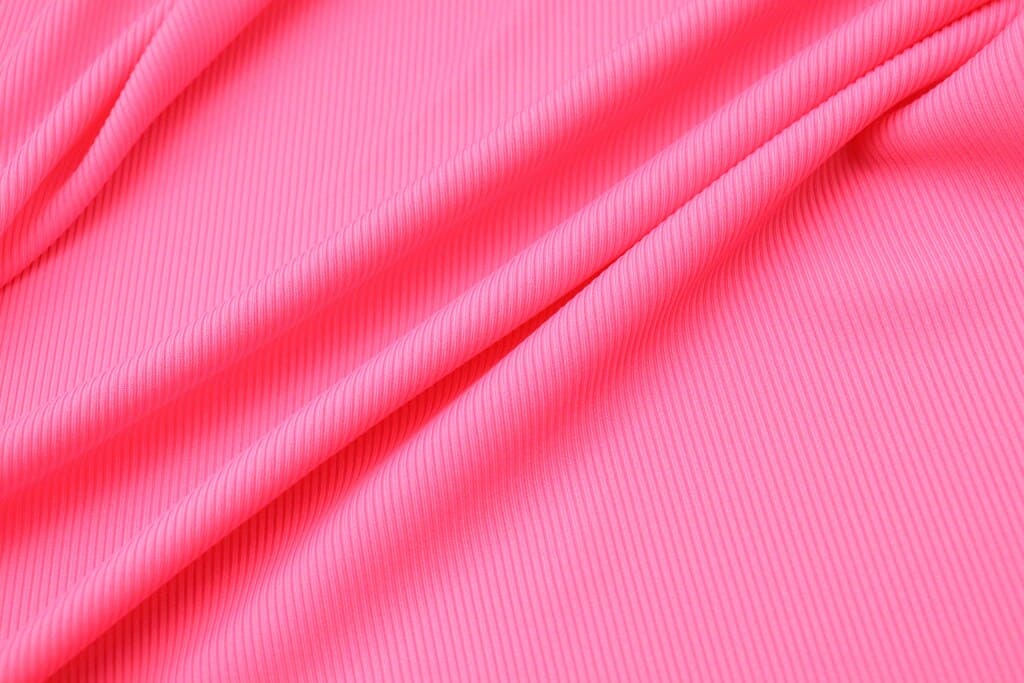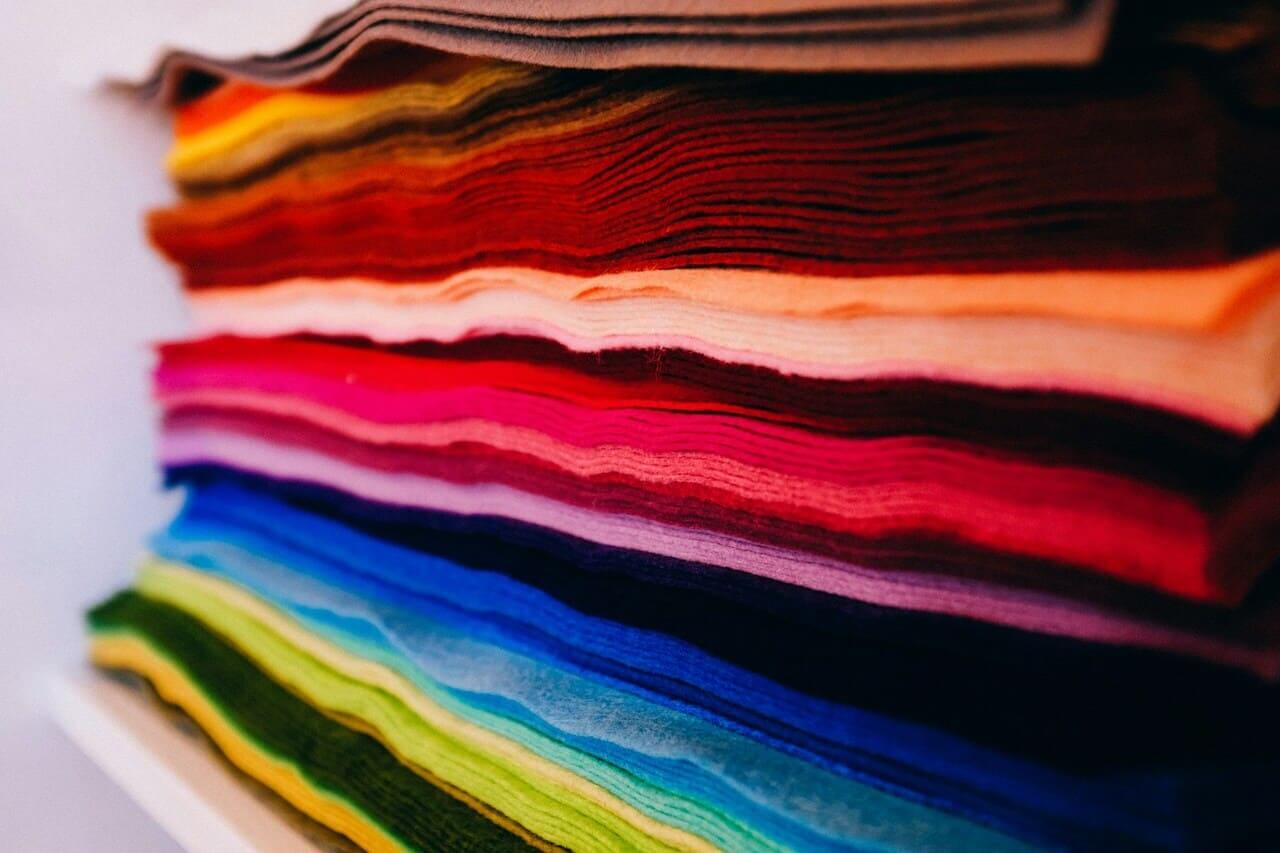Introduction
Reactive vs sublimation fabric printing is one of the biggest choices designers face when planning a textile project. Choosing the right method can make—or break—the final result. Both reactive printing and sublimation fabric printing are popular digital textile techniques, but they serve very different fabrics and end uses. In this guide, we’ll explain how each process works, what fabrics they’re best for, their strengths and limitations, and practical recommendations for designers, brands, and makers. By the end, you’ll know which method to pick for fashion, activewear, home décor, or specialty items—and how to avoid common pitfalls like color mismatch or poor washfastness.

What is Reactive Printing?
How reactive printing works
Reactive fabric printing uses reactive dyes that chemically bond with cellulose-based fibers such as cotton, linen, and silk. During the process, the dye reacts with the fiber, then the print is fixed—typically through steaming and washing—to create a strong, permanent bond. Because the dye becomes part of the fiber, the printed fabric feels soft, breathable, and durable. Compared to sublimation fabric printing, reactive printing is designed specifically for natural fabrics.
Suitable fabrics for reactive printing
Reactive printing is ideal for natural fibers:
100% cotton
Linen
Viscose/rayon
Silk
Bamboo blends
👉 Want to explore fabric options? Check our Our Fabrics page for details.
Advantages of reactive printing
Excellent color depth on natural fibers.
Soft hand — the print doesn’t stiffen the fabric.
Good washfastness when processed correctly.
Suitable for high-quality apparel and home textiles where feel matters.
Limitations of reactive printing
Not suitable for polyester or high-poly blends.
More complex process (requires steaming, washing, and wastewater handling).
Potential environmental concerns if wastewater isn’t properly treated (choose vendors who manage effluent).
Reactive printing uses dyes that chemically bond with natural fibers like cotton or silk, creating a permanent bond. According to Textile Exchange’s fiber report, reactive dyes remain one of the most common sustainable options for natural fabrics when wastewater is properly managed.
What is Sublimation Printing?
How sublimation printing works
Sublimation (dye-sublimation) uses special sublimation inks printed onto transfer paper; under heat and pressure the inks turn into gas and permanently bond with polyester fibers or polymer-coated substrates. The ink becomes part of the fiber, so prints are durable, flexible, and do not flake.
Suitable fabrics for sublimation printing
Sublimation performs best on 100% polyester or very high polyester-content blends. It’s also used on polyester-coated rigid substrates (mugs, metal panels).
Advantages of sublimation printing
Vivid, long-lasting colors with excellent washfastness.
No hand change — the fabric stays soft and breathable (for polyester).
Full-bleed, all-over printing is easy.
High production speed for roll-to-roll workflows.
Limitations of sublimation printing
Cannot print on untreated natural fibers (cotton, linen).
Best on light-colored fabrics—dark substrates require special workflows (sublimation on darks is limited).
Color depends on polyester affinity; different polyester finishes can slightly alter tones.
Sublimation printing, commonly used on polyester, is recognized for producing vivid, long-lasting results. As explained by the Specialty Graphic Imaging Association (SGIA), sublimation remains one of the fastest-growing methods in digital textile printing.
Reactive vs Sublimation — Key Differences (quick comparison)
Fiber compatibility: Reactive → natural fibers (cotton, silk). Sublimation → polyester only.
Color look & vibrancy: Both offer vivid colors, but reactive excels on natural textures; sublimation gives extremely stable results on polyester.
Hand & feel: Reactive keeps natural hand; sublimation leaves no added layer on polyester.
Durability & washfastness: Sublimation often outperforms reactive in wash resistance (on polyester). Reactive is excellent when properly fixed.
Production speed & cost: Sublimation workflows are typically faster and efficient at scale; reactive can be more labor/processing-intensive.
Environmental: Reactive requires dye-fixing and wastewater management; sublimation avoids dye baths but uses polyester (a petroleum-derived fiber). Consider eco-friendly inks and supplier certifications.
Which Printing Method Should You Choose?
Short answer: Pick the method that matches your fabric and end use. Below are practical recommendations.
For fashion designers (dresses, blouses, high-end apparel)
Choose reactive printing if you’re working with cotton, silk, rayon or other natural fibers—reactive dyes give a soft feel and excellent color on these materials.
For activewear & sportswear
Choose sublimation for polyester sports fabrics: color durability, stretch compatibility, and no cracking/peeling after repeated washes.
For home décor (curtains, upholstery, cushions)
Reactive for natural-fiber home linens (cotton/linen cushions, premium bedding).
Sublimation for outdoor/technical fabrics that require water/dirt resistance (on polyester canvas/backings).
For small runs vs large runs
Small-run or sample projects: Reactive can be economical if you need natural fiber samples or small custom orders.
Large scale/fast turnaround: Sublimation’s roll-to-roll speed often gives better unit economics.
For eco-minded brands
Evaluate both ink types and supplier practices: reactive printing can be sustainable if dyes and wastewater are managed; sublimation uses polyester (recycled polyester is a viable eco option).
Practical Tips to Avoid Problems
Order fabric swatches before bulk printing to check color and hand. (Internal link: Order Fabric Swatches)
Use correct file color profiles and request test prints—color on screen ≠ color on fabric.
Communicate intended end use (wash frequency, outdoor exposure) to your print partner.
Match fabric composition exactly—a 30% polyester blend may behave differently than 100% polyester.
Conclusion & Next Steps
Both methods are powerful — the right choice depends on fabric composition and end use. If you’re unsure which suits your project, we can help:
👉 Explore our fabrics and recommended uses: Our Fabrics
For more background on printing technologies, see the Textile Exchange resources or explore the Wikipedia overview on dye-sublimation printing.
📚 Frequently Asked Questions (FAQs)
1. Can you sublimation print on cotton?
Not directly. Sublimation bonds to polyester. To apply to cotton you need a polymer coating or transfer methods.
2. Which printing method gives the softest hand?
Reactive printing on natural fibers typically feels softest; sublimation on polyester also keeps fabric flexible.
3. Which lasts longer in washes?
On polyester, sublimation is extremely durable. Reactive prints on natural fibers can also last long if properly fixed.
4. Are there eco-friendly options for both methods?
Yes—look for low-impact reactive dyes, closed-loop wastewater treatment, or recycled polyester + water-based sublimation inks.




